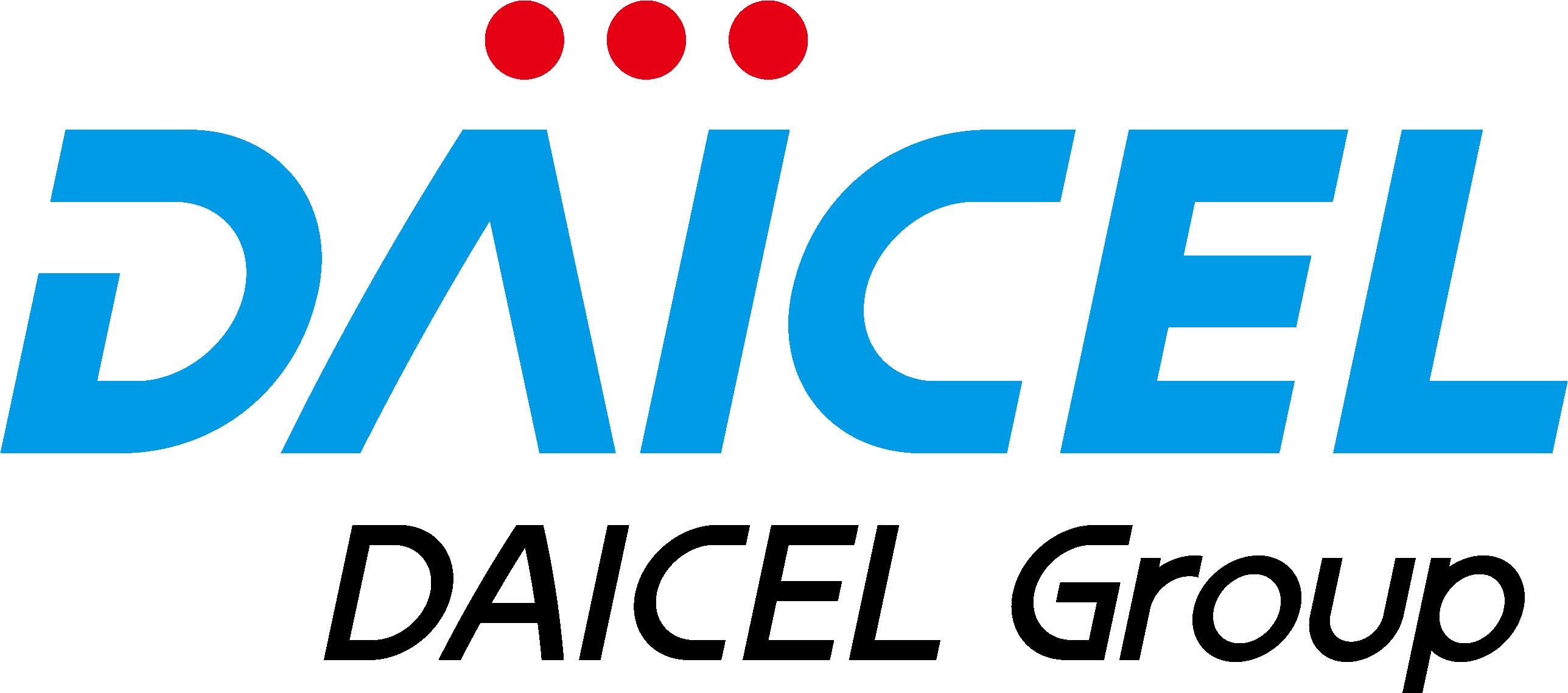News
2022
Polyplastics’ New Engineering Plastic Fine Powders are Compatible with Wide Range of Processing Methods
Polyplastics
Polyplastics Group has introduced a new series of engineering plastic fine powders which are compatible with a broad range of manufacturing methods. The company has expanded its lineup with DURASTTM Powders which go beyond traditional injection molding and extrusion and are targeted for low-volume production of complex parts utilizing sinter forming, compression molding, and 3D printing.

DURASTTM Powders made of polyacetal (POM), polyphenylene sulfide (PPS), polybutylene terephthalate (PBT), and liquid crystalline polymer (LCP) have a unique spherical shape and are controlled for fine, narrow particle size distribution (10 μm-200 μm). Engineering plastics in powder form permit the use of manufacturing methods that were previously impossible with pellet shapes, making it possible to impart the strengths of engineering plastics and additional performance attributes. Polyplastics developed these fine powders after extensive research and testing of powder manufacturing methods.
Polyplastics was successful in powdering a POM with a low glass transition temperature. Moreover, modified DURASTTM POM exhibits slow crystallization and is useful for 3D printing. It also has low warpage in SLS models and superior powder flowability so it can achieve model density over 95%.
DURASTTM PPS can be used to mold porous structures through sinter formation. It is a linear PPS with strong toughness and heat resistance, along with strong chemical and radiation resistance. Since it has few ionic impurities, DURASTTM PPS also withstands rigorous electrical requirements.
DURAST™ LCP offers superior vibrational absorption with high heat resistance and high elasticity in dielectric constant modifiers. It also exhibits low water absorption and electrical properties that are stable at high frequencies. DURASTTM LCP is available in both formless and spherical powders.
Please also visit https://www.polyplastics-global.com/en/approach/8.html
SDGs related to this article



